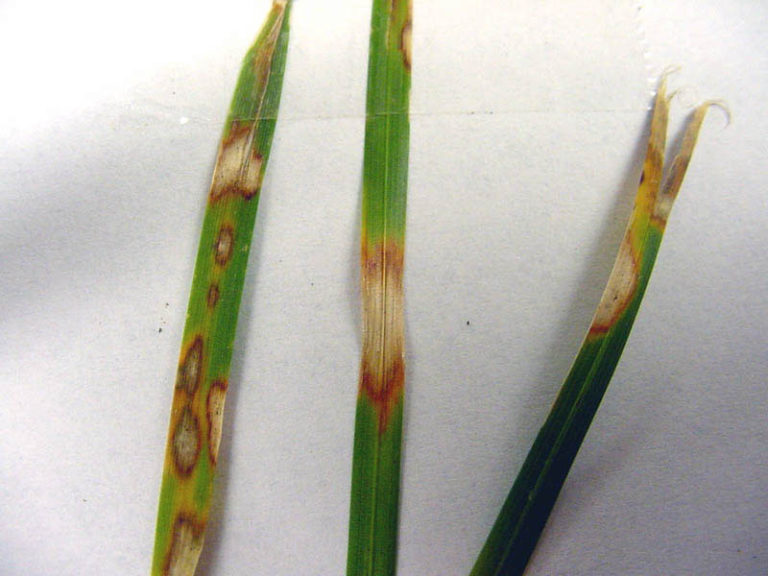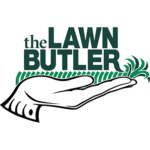Brown patch is a destructive type of turfgrass disease. When the disease is just starting to take hold, it can be hard to notice. As temperatures and humidity increase with the progression of summer, effects of the disease become visible. Brown, dry circumferences or spots will start showing in your turf as result of the fungal disease. The brown patch will continue to grow and spread throughout the yard until treated. Brown patch along with grub infestation are the two greatest threats attacking any lawn, so it is important to address the problems as soon as possible. Turfgrass diseases are commonly misdiagnosed, so caution should be taken when treating these diseases. This leads to improper treatment that results in even more damage. Read on to determine if what you see in your lawn is brown patch or something else entirely.
What is Brown Patch?
Brown Patch is the result of a type of fungus known as Rhizoctonia that grows on turfgrass. It is prevalent in the summer time affecting cool season turfgrasses, such as tall fescue. Brown patch thrives when nights start staying above 70 degrees and the daytime temperatures reach over 80 degrees with high humidity.
How to Identify Brown Patch
Brown patch has some telltale signs to help diagnose the disease. Here is what you need to do to identify brown patch in your yard correctly. Look closely at the blades of grass in the affected area. If you have large patches of dead turfgrass already then examine the blades of grass on the perimeter of the brown patches. Look for spotting on the blades of grass, particularly towards the middle of the blade. If you see spots, you most likely have brown patch. The spots will spread and grow eventually covering the entire blade of grass. The patches created from the dying lawn are common to be in groups of one and three and vary in size starting out smaller and grow out from the center. The patches are typically irregular in shape.

How to Help Prevent Brown Patch
Brown patch can be prevented before the problems arise, however, most clients choose to forgo preventative maintenance due to the costs involved in treatments. The following is a list of preventative measures you can implement that we use at the Lawn Butler to help strengthen your turf against brown patch.
-
Using moderate amounts of nitrogenous fertilizer.
-
Proper watering schedules set for early morning watering instead of in the evening and humid hours..
-
Proper mowing on a frequent basis (with sharp blades) to promote air movement between leaf blades.
-
Overseeding with fescue varieties that score high in testing for disease resistance.
And even when applying preventative measures, brown patch can still exist until fungicides are applied; but by tackling the disease from all sides ensures your turf will look its optimum best.
How to Treat Brown Patch
Treating brown patch once it takes hold of your grass requires the use of a fungicide. Homeowners are at a disadvantage when it comes to treating brown patch as the fungicides readily available at retail stores are not that effective. A study done by Oklahoma State University showed that consumer grade fungicides impact on brown patch is limited in scope. A certified lawn care provider has access to treatments that are much more effective.
Here at Lawn Butler our technicians and account representatives are trained to recognize brown patch and are actively inspecting for it, along with other turfgrass diseases. While we do our best to keep up with our client’s properties brown patch forms and spreads quickly. If you think you see brown patch and we have not contacted you, please contact your account representative, and we can provide a quote for you.
Need help with brown patch? Contact Us.


